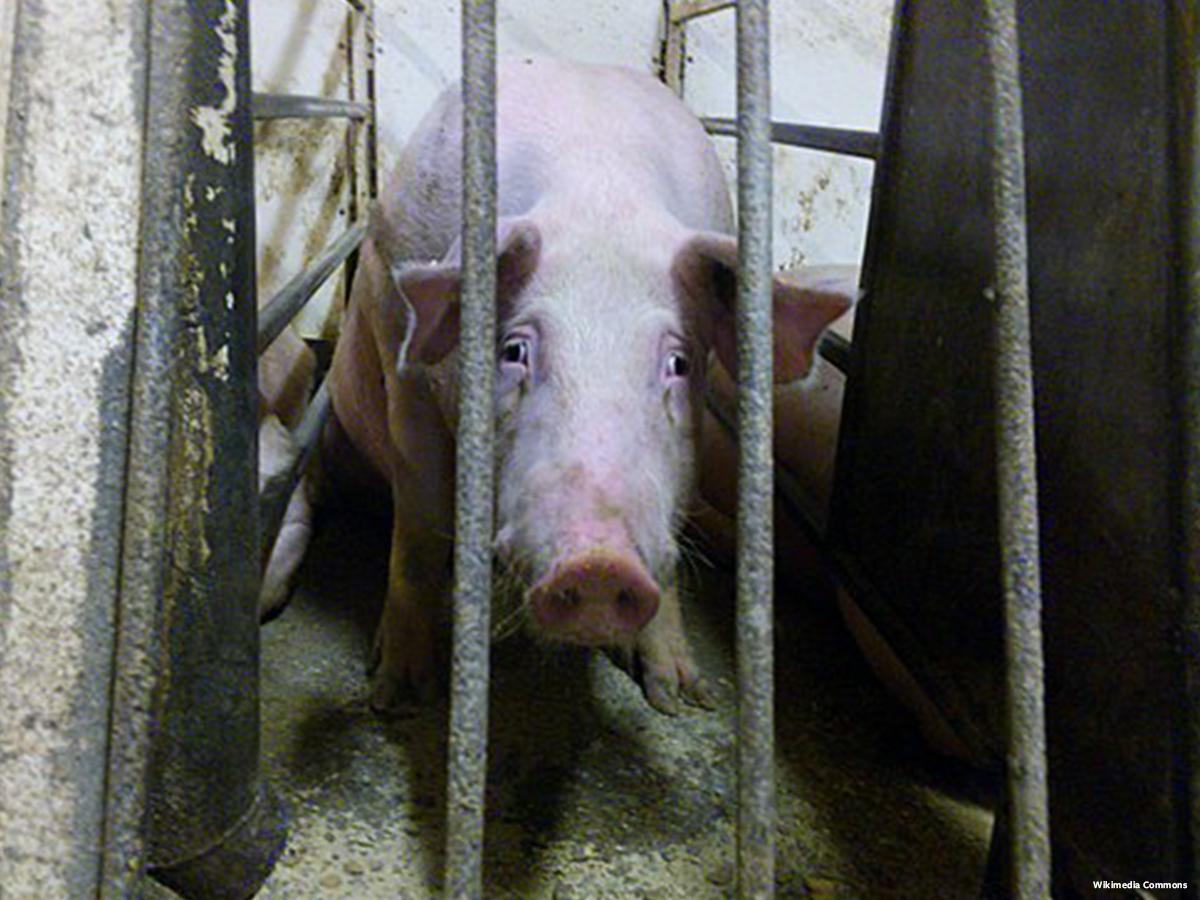We Can’t Ignore Animal Agriculture’s Role in the Climate Crisis Any Longer
Pretty much everyone is in agreement that the end of the world is something to be avoided. Scientists and other leading figures are telling us that this is precisely what uncontrolled climate change threatens: the end of human life as we know it. Leading political figures across the world accept this prognosis and are attempting to act to prevent a climate apocalypse. But what happens if they are ignoring one of the largest contributors to climate change? What happens if the pursued “solution” to climate change is no solution at all?
This is, unfortunately, the situation we are currently facing. When everyone talks about the climate crisis, they talk about transportation and fossil fuels. To be sure, fossil fuels are dirty technologies and contribute significantly to the climate crisis. But are fossil fuels really the main target we should be aiming at? If we switch everyone off of fossil fuels, will climate change cease to exist? Not by a long shot.
A position paper authored by Climate Healers’ founder and executive director Dr. Sailesh Rao, which was recently published in the Journal of Ecological Society, argues that we have been significantly undercounting the greenhouse gas emissions of animal agriculture. According to this study, animal agriculture is responsible for no less than 87% of all greenhouse gas emissions.
This paper argues that the flaw of the previous studies is that they failed to account for the negative impact of forests lost to animal agriculture. As it happens, animal agriculture requires an enormous amount of land. Difficult as it is to believe, scientists tell us animal agriculture occupies 33% of the Earth’s ice-free land.
Trees are made of atmospheric carbon dioxide. They drink water from the soil, and through the miracle of photosynthesis, they build themselves up out of captured carbon dioxide. But when we demolish millions of acres of forests, that carbon dioxide can no longer be captured.
When you account for the methane produced by livestock, and the fossil fuels required to produce the crops these exploited and ruthlessly killed animals feed on, and then you also account for the loss of greenhouse gas capture by trees due to deforestation, you begin to truly behold the existential threat animal agriculture poses to life on Earth.
If we as a species want this planet to remain habitable for future generations of humans and countless other species, it is imperative that we acknowledge the threat posed by animal agriculture and transition to plant-based food and clothing systems.
In addition, we must grapple with the existential threat to all life on earth posed by human overpopulation. 2,000 years ago there were approximately 188 million humans on Earth. Today there are approximately 7.8 billion of us. This is a 4,229% increase in 2,000 years. If you are looking for the reason for the climate crisis and the current mass extinction event, human overpopulation is the underlying driver for everything. If we do not address this situation soon, we face certain destruction.
If you’d like to help us in our efforts to protect all animals everywhere, please consider making a donation.


